Introduction
The carambola, commonly known as the starfruit due to its distinctive star-shaped cross-section, is a tropical and subtropical fruit native to Southeast Asia, the Philippines, and Indonesia. Its juicy, slightly acidic taste with a hint of sweetness makes it a delightful addition to various culinary preparations, from fresh consumption to beverages and desserts. However, like many fruits, the shelf life of carambola is influenced by several factors, including storage conditions. This article delves into the specifics of how long carambola can be preserved at room temperature, the factors affecting its shelf life, and practical tips for extending its freshness.
The Shelf Life of Carambola at Room Temperature
Understanding the shelf life of carambola at room temperature is crucial for consumers and retailers alike to ensure optimal quality and safety. Room temperature, typically ranging between 68°F to 77°F (20°C to 25°C), is a common storage condition for many fruits, including carambola, especially in households where refrigeration might not be immediately accessible or preferred.
Under optimal conditions, fresh, ripe carambola can be stored at room temperature for approximately 3 to 5 days. This timeframe provides a window where the fruit retains its firmness, vibrant color, and characteristic flavor. However, several variables can significantly impact this duration, making it essential to consider the following factors:
-
Ripeness at Harvest: The maturity level of the carambola at the time of harvest plays a pivotal role in its subsequent shelf life. Fully ripe fruits tend to have a shorter shelf life compared to those harvested slightly underripe. Underripe carambola may continue to ripen at room temperature, extending their edible period but requiring closer monitoring to avoid over-ripening.
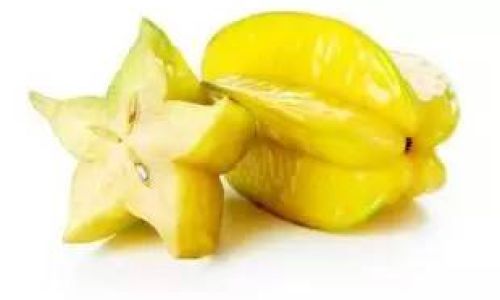
-
Variety: Different varieties of carambola may vary in their susceptibility to spoilage. Some varieties may inherently possess thicker or tougher skins that offer better protection against moisture loss and microbial invasion, thereby extending their shelf life.
-
Handling and Packaging: Proper handling during harvest, transportation, and storage can significantly affect the shelf life of carambola. Minimizing mechanical damage, such as bruises or scratches, which provide entry points for microorganisms, is crucial. Packaging that maintains humidity and protects against physical injury can also extend the fruit’s freshness.
-
Environmental Conditions: Room temperature itself can vary widely depending on the season, location, and indoor climate control. High temperatures accelerate the ripening process and promote the growth of spoilage organisms, shortening the shelf life. Conversely, cooler room temperatures can slow down ripening and extend the preservation period.
-
Humidity: Maintaining an appropriate humidity level is vital for preserving the quality of carambola. Low humidity can lead to moisture loss, causing the fruit to shrivel and lose its appeal. High humidity, on the other hand, can promote fungal growth.
Signs of Spoilage in Carambola
Identifying the signs of spoilage in carambola is essential to avoid consuming fruit that has deteriorated to the point of being unsafe or unpleasant. Here are some indicators that your carambola might be past its prime:
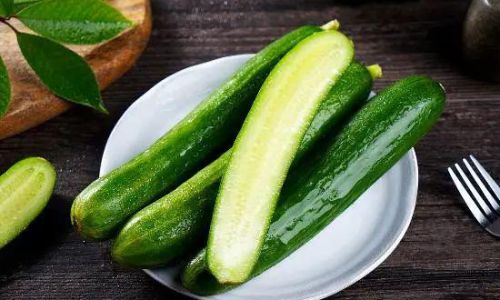
- Discoloration: Fresh carambola has a vibrant yellow to greenish-yellow hue. As it ages, the skin may develop brown spots or turn dull.
- Softness and Wrinkling: Ripe carambola should feel firm but yield slightly to gentle pressure. Over-ripe or spoiled fruit will feel mushy or excessively soft, and the skin may wrinkle.
- Mold Growth: The presence of mold, especially on the surface or at the stem end, is a clear sign of spoilage.
- Off Odor or Taste: Fresh carambola has a distinctive, slightly acidic, and slightly sweet aroma. If it develops an unpleasant, sour, or musty odor, it is best to discard it.
- Leakage: If the fruit is leaking juice, it is a sign that it has undergone significant decomposition and should not be consumed.
Factors Influencing Shelf Life Beyond Room Temperature
While room temperature storage is convenient, it is not always the optimal choice for maximizing the shelf life of carambola. Here’s how other storage conditions can affect the fruit’s preservation:
-
Refrigeration: Storing carambola in the refrigerator, ideally at a temperature of around 40°F (4°C), can significantly extend its shelf life to up to two weeks. However, it is important to note that refrigerated carambola may lose some of its firmness and develop a slightly off-flavor if not consumed within this timeframe.
-
Freezing: For long-term preservation, carambola can be frozen. This involves slicing or pureeing the fruit, adding a sugar syrup or ascorbic acid to prevent browning, and then freezing in airtight containers. Frozen carambola can be kept for several months but will have a softer texture upon thawing.
-
Modified Atmosphere Packaging (MAP): MAP involves storing fruits in packages with controlled gas compositions, such as low oxygen and high carbon dioxide levels, to slow down respiration and microbial growth. This method can extend the shelf life of carambola beyond what is achievable under ambient conditions.
Practical Tips for Extending the Shelf Life of Carambola
To ensure your carambola stays fresh and delicious for as long as possible, consider the following practical tips:
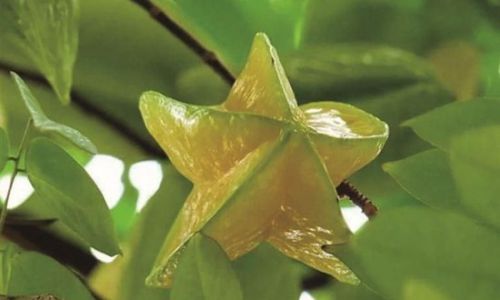
- Inspect Before Purchase: When buying carambola, choose fruits that are firm, have a vibrant color, and are free from bruises or mold.
- Proper Handling: Handle carambola gently to avoid causing any physical damage. Store them in a single layer or in a loosely packed container to prevent crushing.
- Consume Promptly: If you prefer eating your carambola at room temperature, plan to consume it within the first few days of purchase to ensure optimal freshness.
- Refrigerate If Possible: For longer preservation, refrigerate your carambola in a plastic bag with a few holes for ventilation to maintain humidity.
- Monitor Regularly: Regularly check your stored carambola for signs of spoilage, especially if you are keeping it at room temperature.
- Consume in Different Forms: If you notice your carambola is starting to soften, consider using it in cooked dishes, smoothies, or jams, where the texture is less critical.
Conclusion
The shelf life of carambola at room temperature is influenced by a multitude of factors, including ripeness at harvest, variety, handling, environmental conditions, and humidity. While fresh carambola can be enjoyed at room temperature for about 3 to 5 days, understanding these variables and implementing proper storage practices can help extend its freshness and quality. By closely monitoring the fruit for signs of spoilage and considering alternative storage methods such as refrigeration or freezing, consumers can enjoy the delightful taste and nutritional benefits of carambola for longer periods.
Understanding the intricacies of carambola preservation not only enhances the eating experience but also promotes food safety and reduces food waste. As with any perishable product, the key to maximizing the shelf life of carambola lies in careful selection, handling, and storage. By adopting these practices, consumers can ensure that their carambola remains a delightful and nutritious addition to their diet for as long as possible.
In summary, while room temperature storage offers convenience, it requires vigilance to avoid spoilage. By combining knowledge of the fruit’s biology with practical storage solutions, consumers can enjoy the unique charm of carambola throughout its optimal freshness window.
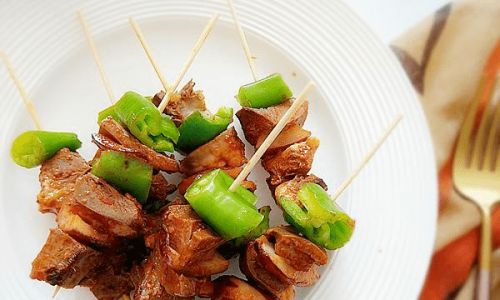
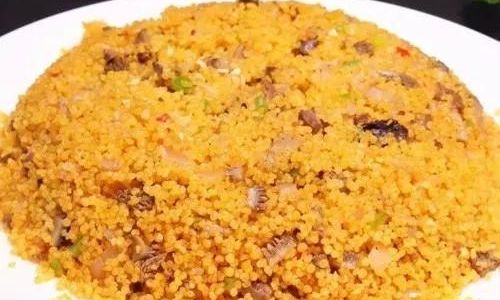
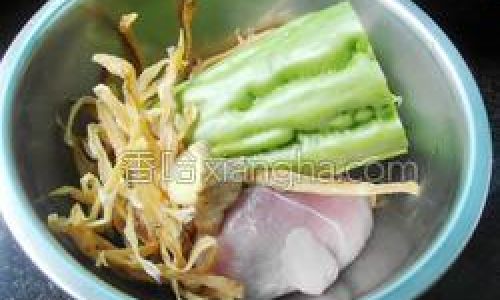
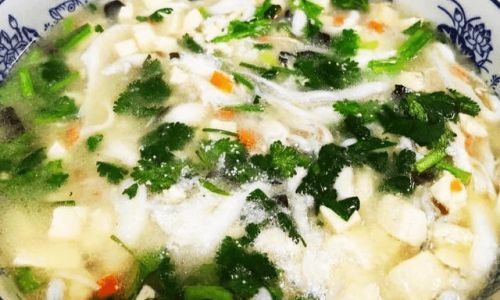
0 comments